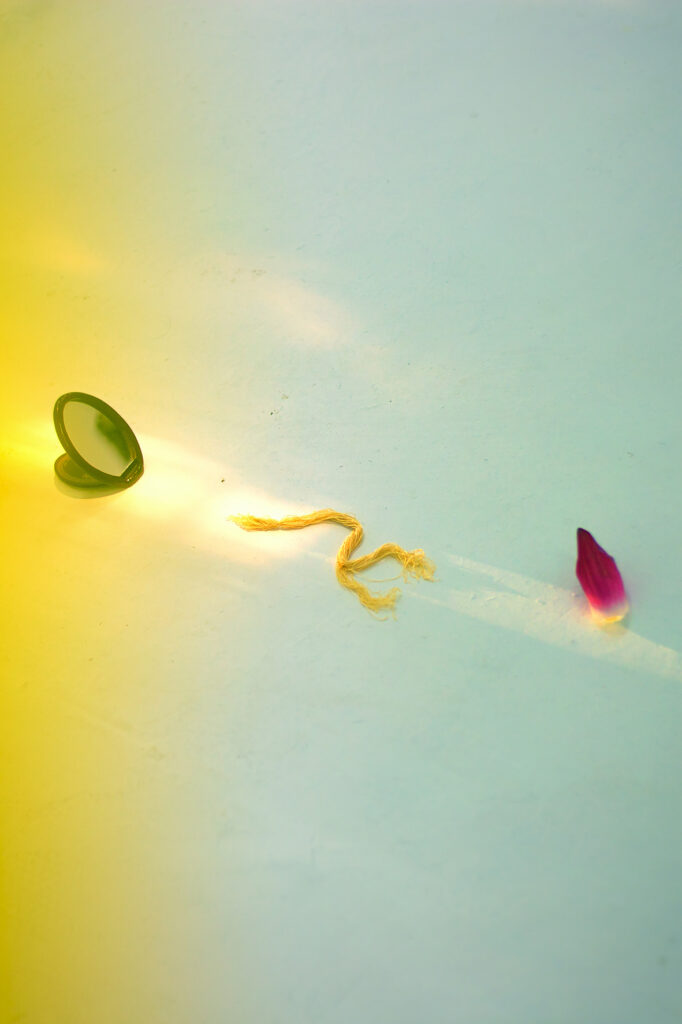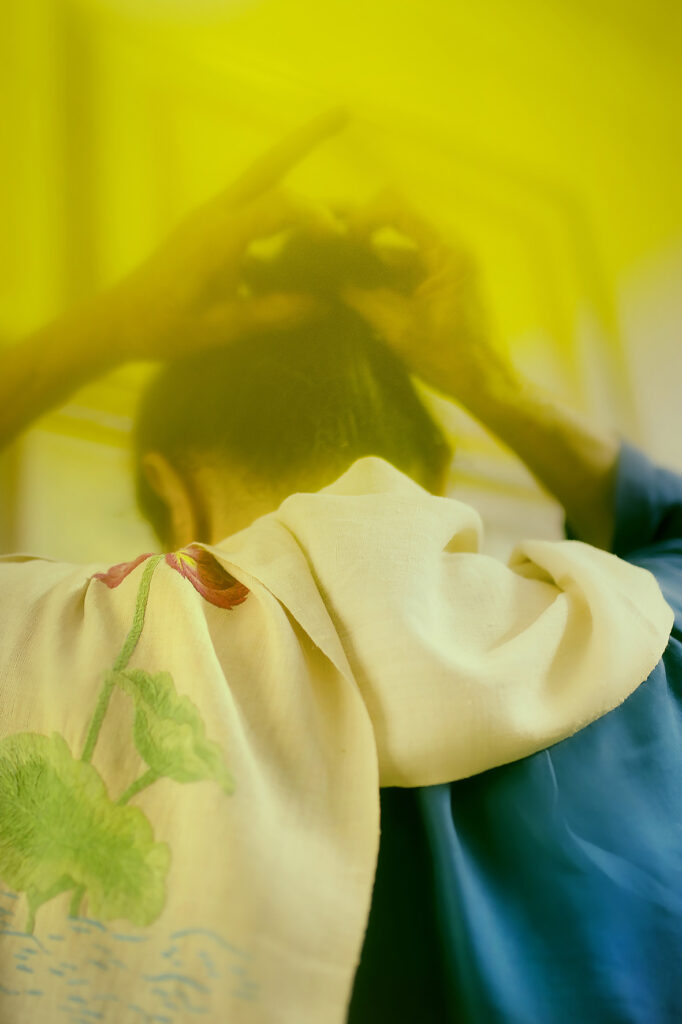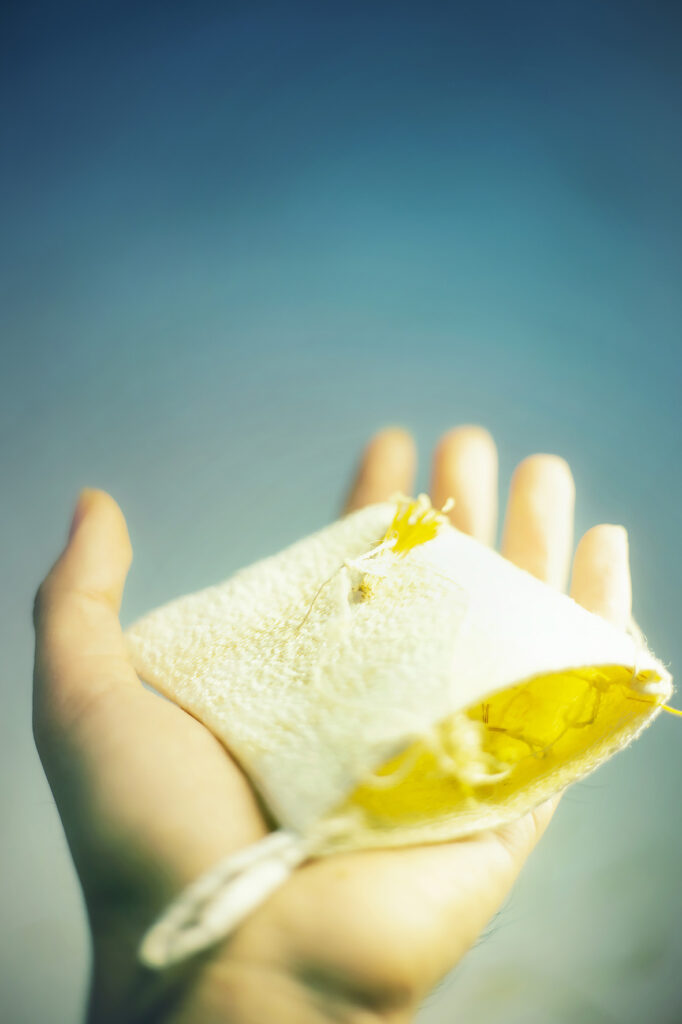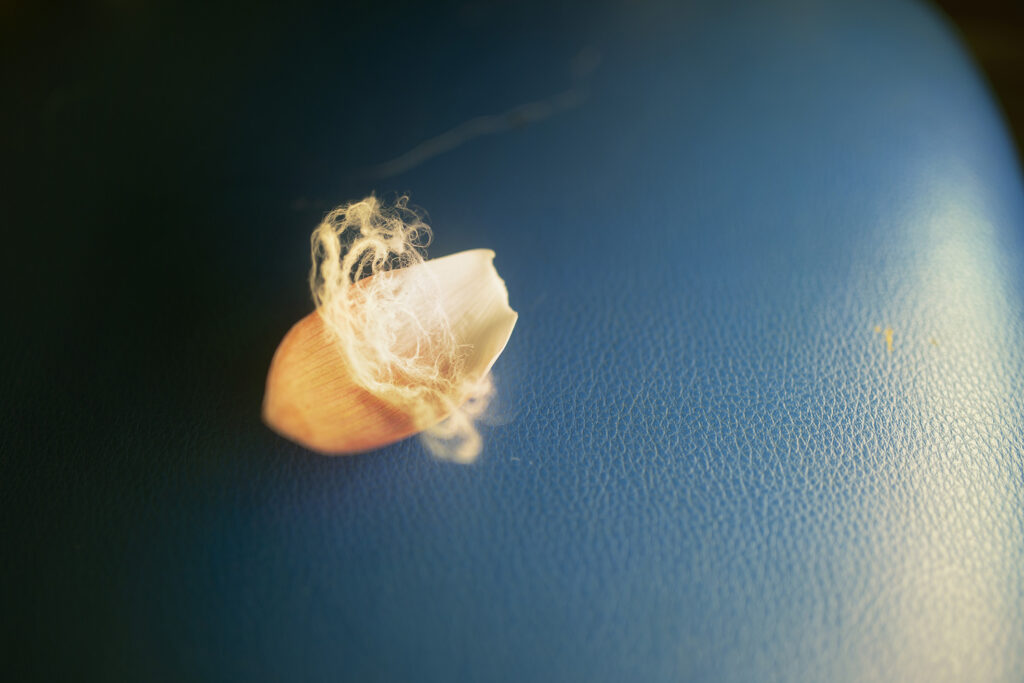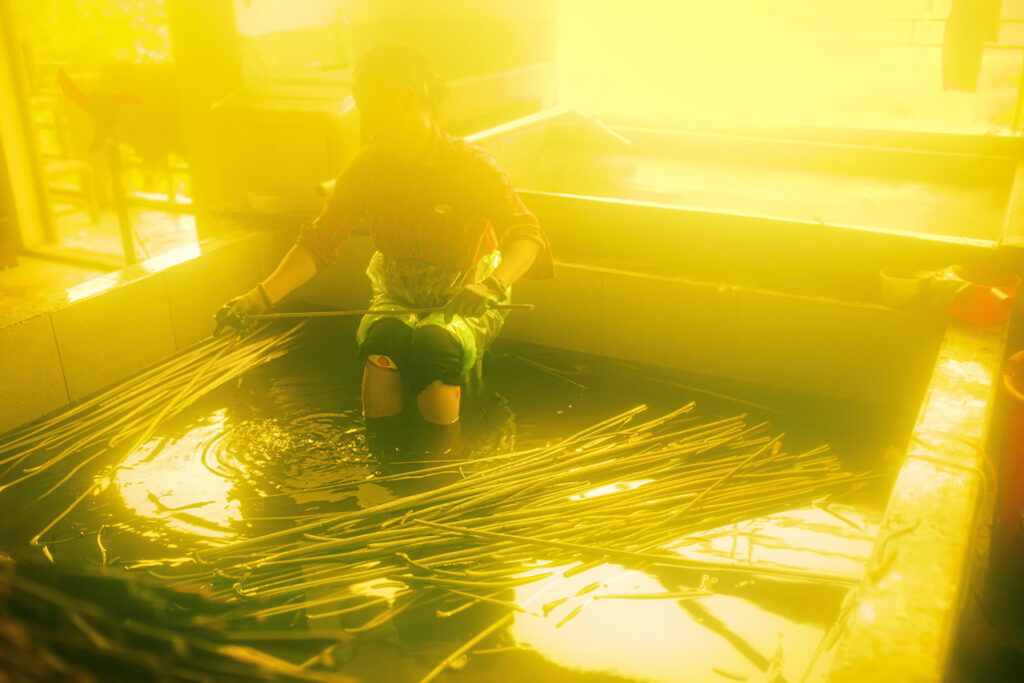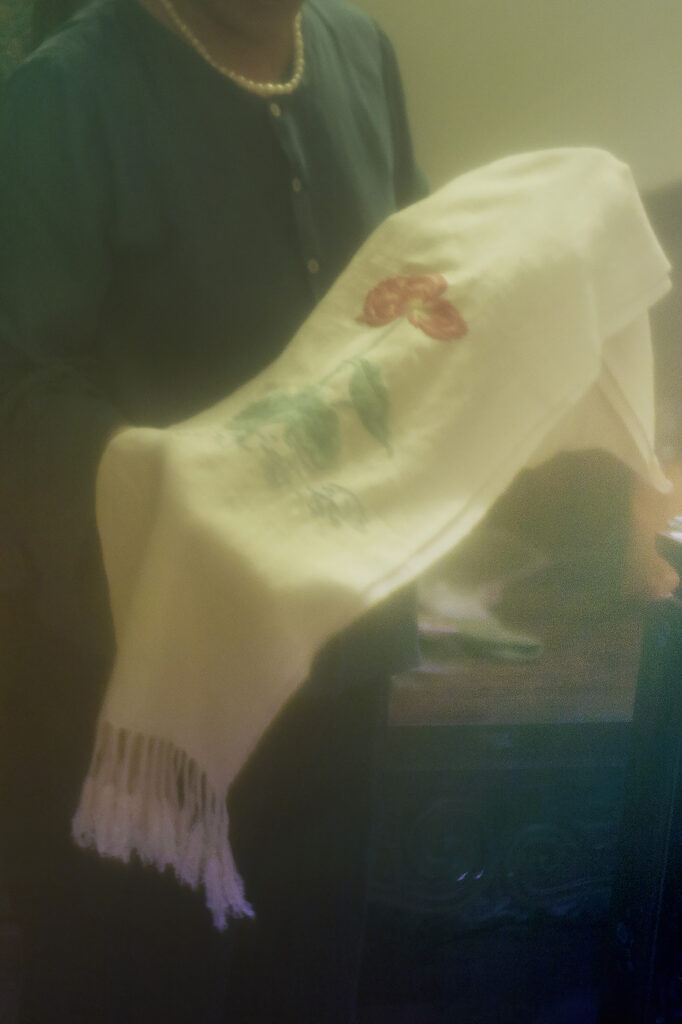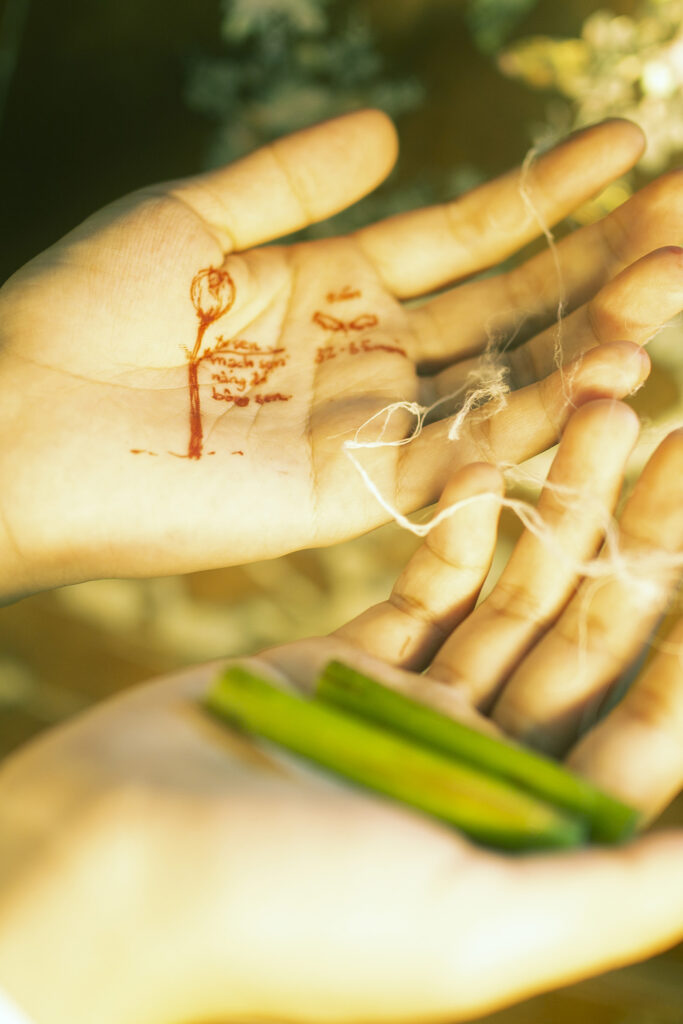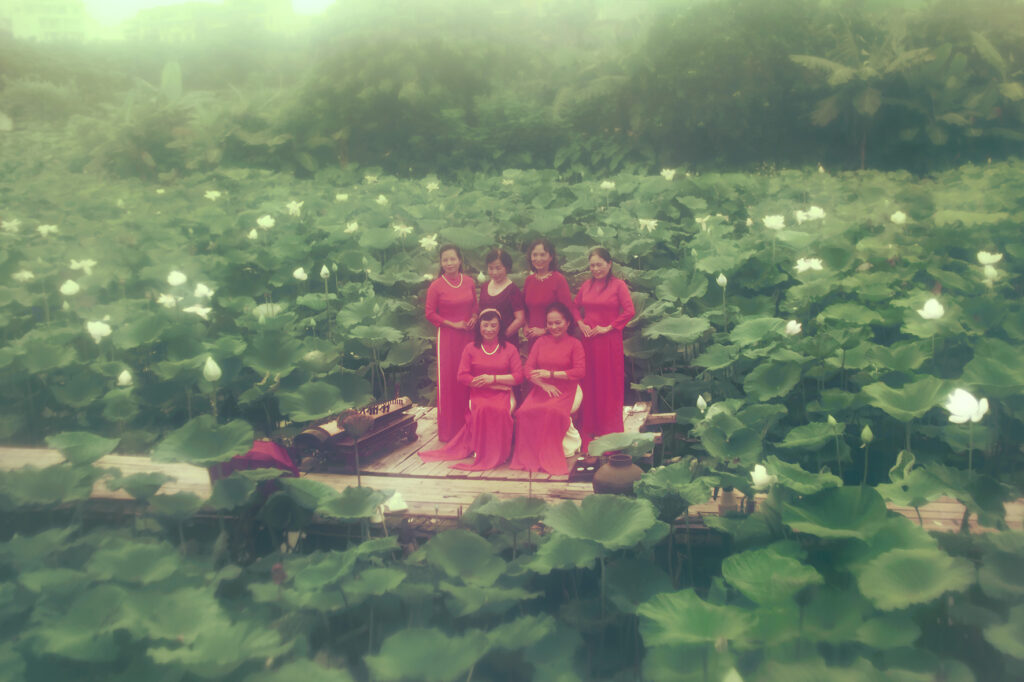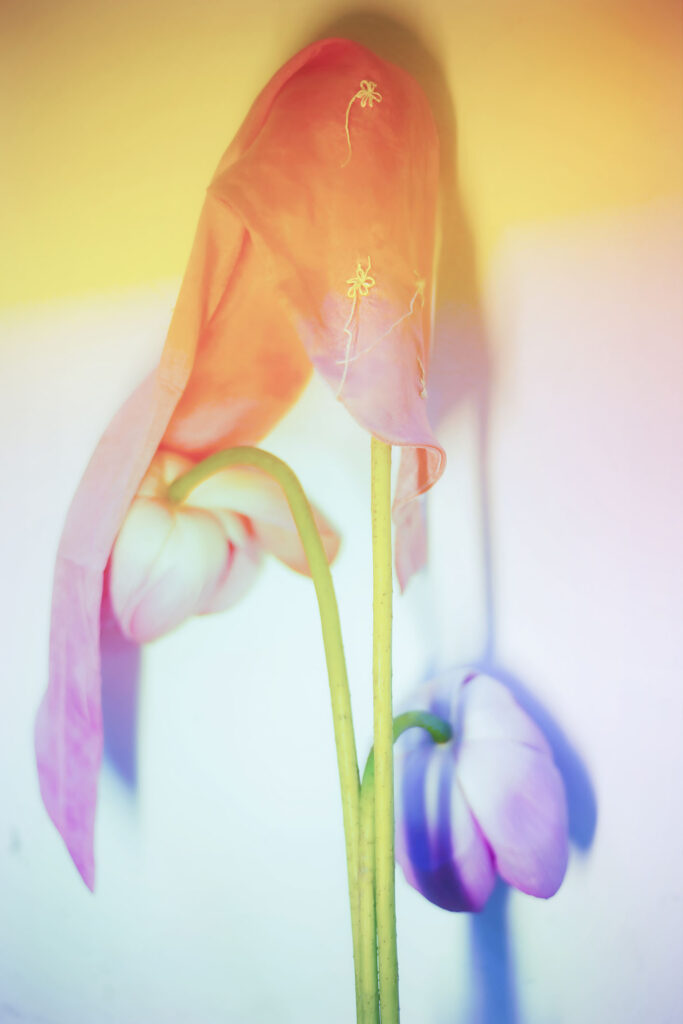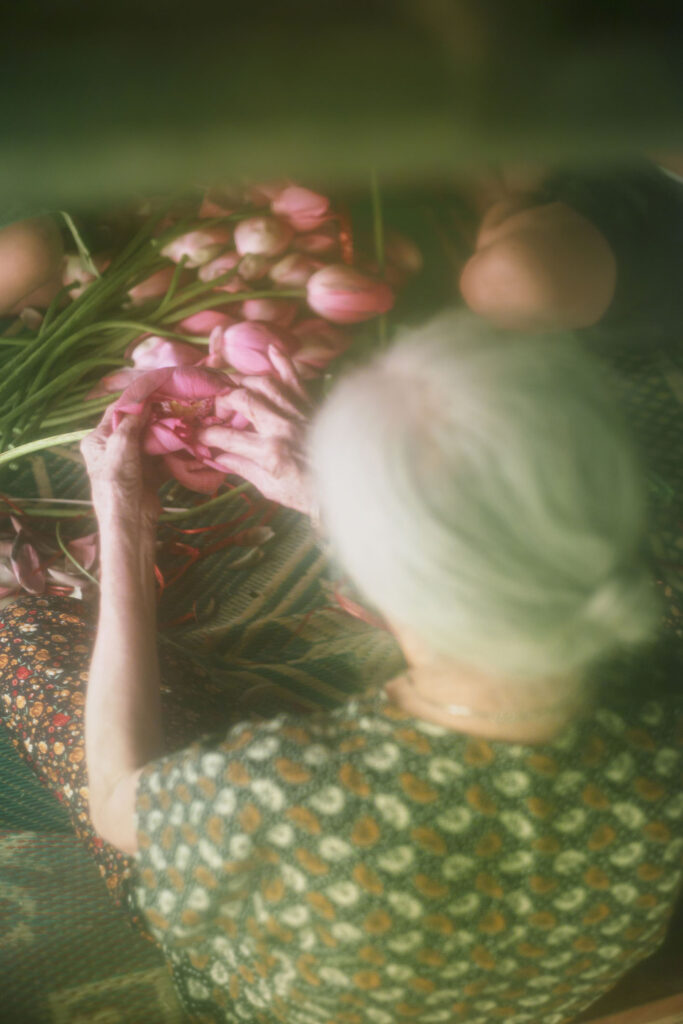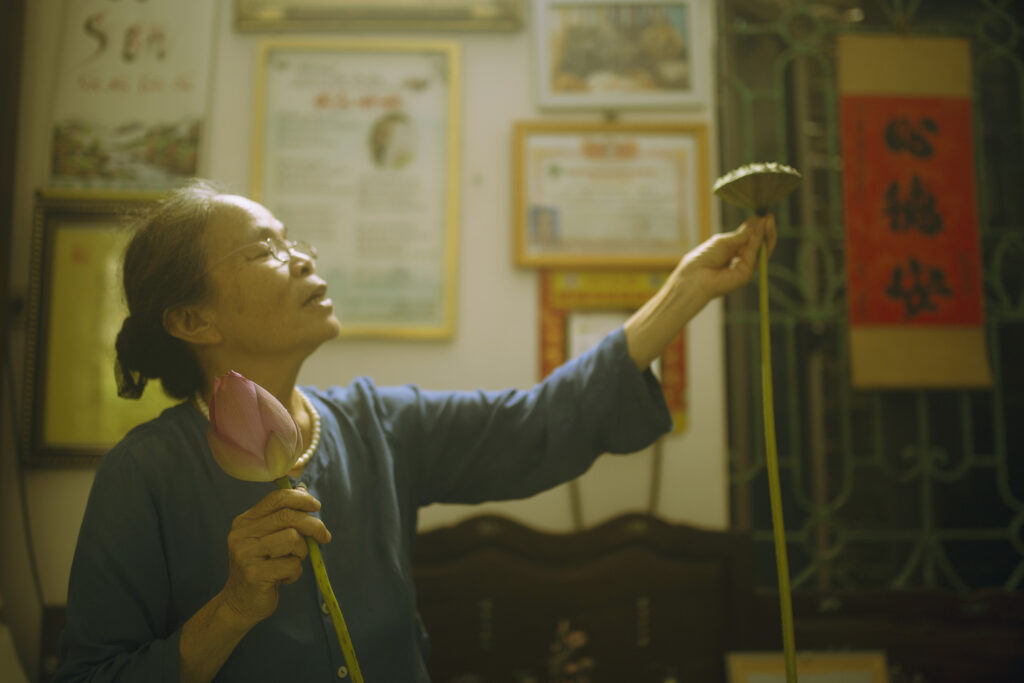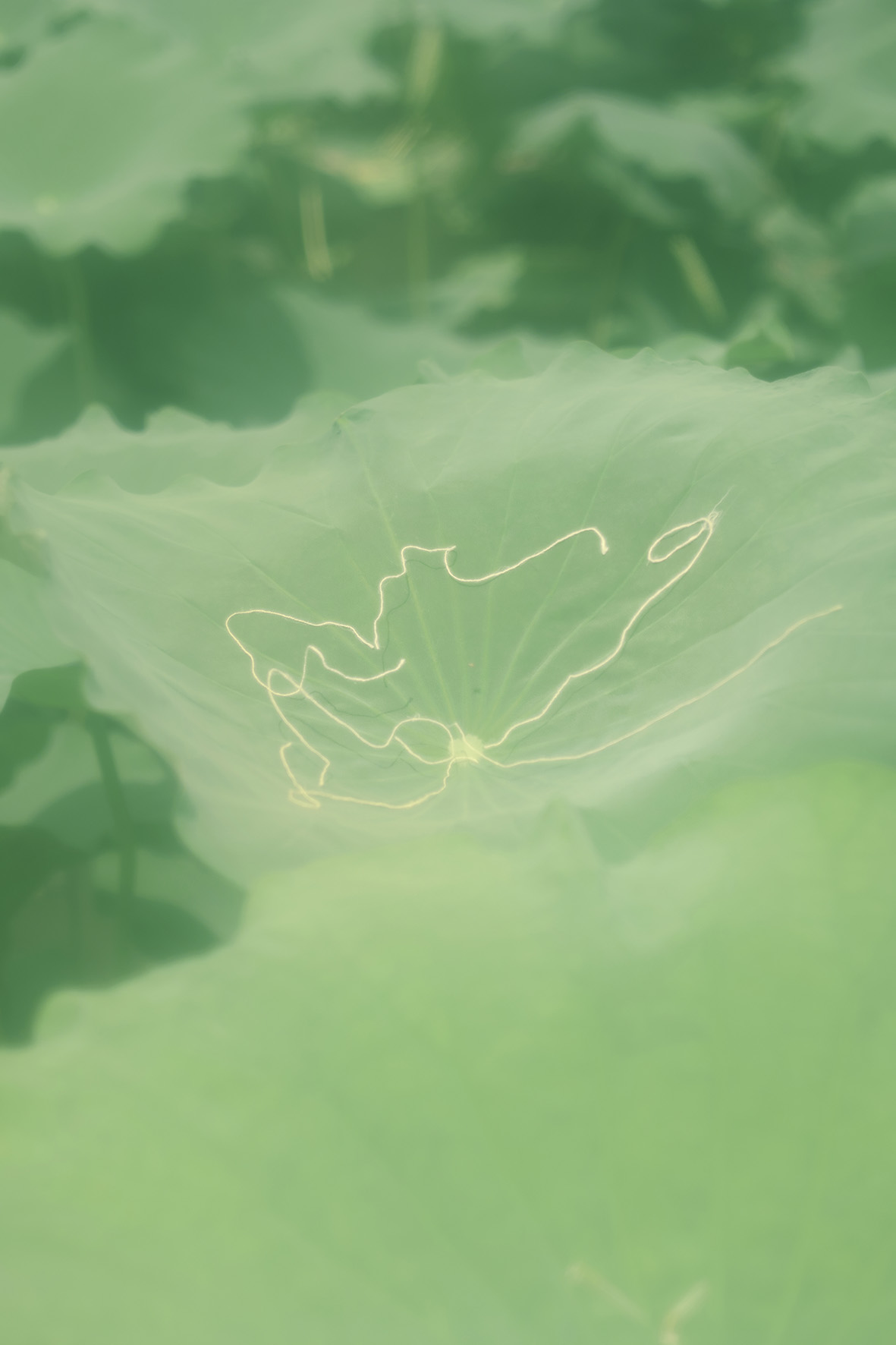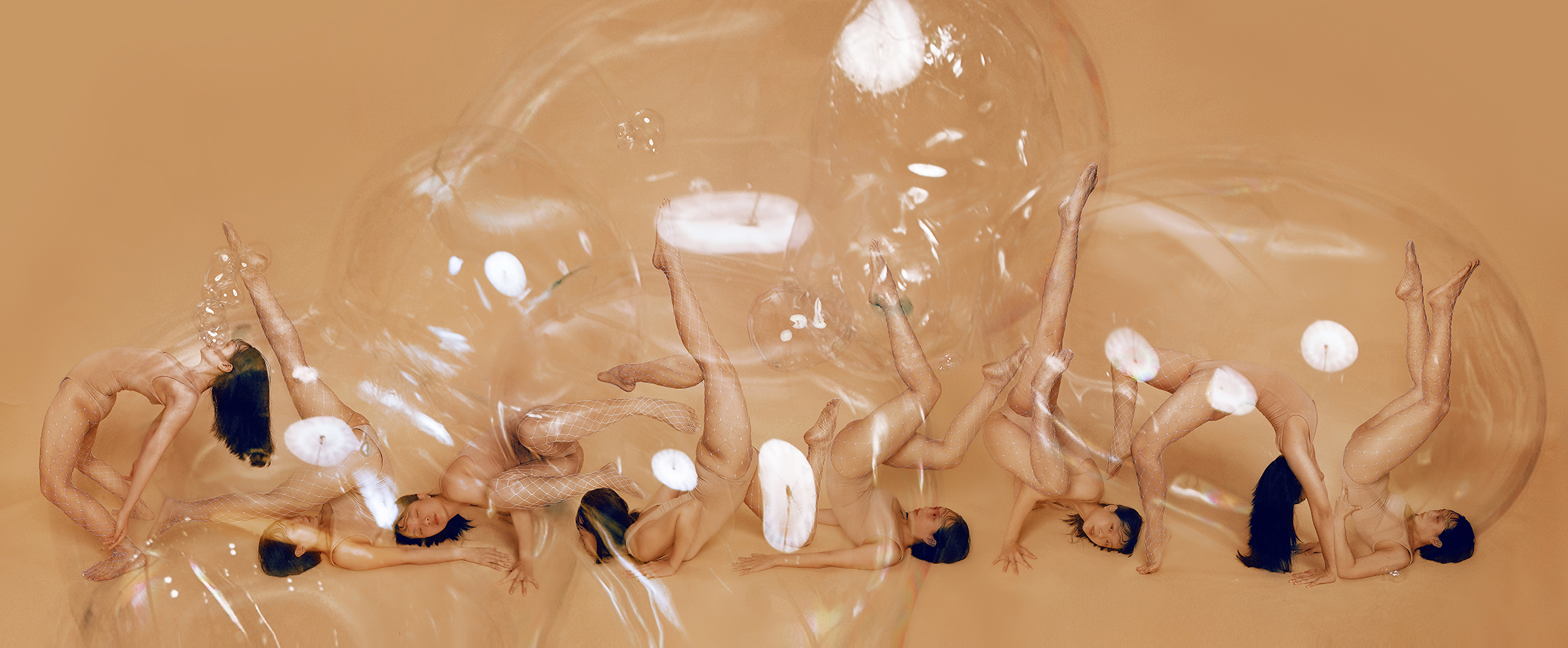Vietnamese Lotus silk is not only materially valuable but also reflects the culture and spiritual life of Vietnamese people: truth, goodness, and beauty.
Vietnamese lotus silk is one of the prides of Vietnamese artisans. May- June is the only lotus blooming season of the year. I journeyed to find the enthusiastic 70-year-old artisan Phan Thi Thuan (My Duc district, Hanoi, Vietnam) to research and create Vietnamese lotus silk from Lotus – the national flower of Vietnam. Because of the soil, climate, and national religious traditions, the lotus grows naturally and is planted everywhere in Vietnam, becoming a natural source of raw materials that are easy to find anywhere in Vietnam.
Artist Phan Thi Thuan cherished the scarf handwoven from lotus silk and shared that the lotus absorbs the essence of heaven and earth, a magical structure of nature. The scarf can resist UV rays (based on some scientific research) and to weave a 1.7m long and 0.25m wide scarf requires 4800 lotus stems. It takes about 1 month to weave. Therefore, it is both special in terms of material and spiritual value. As a precious raw material, products made from lotus silk contain amino acids that are very good for the skin. (Amino Acids are called golden structures in the beauty field. They are often found in high-end cosmetic products, helping the skin to rejuvenate). Lotus silk also has the ability to resist radiation, protect sensitive skin, and balance moisture, supporting recovery and maintaining skin vitality.
There is a subtle and special connection between the material things one possesses and one’s spirit. Looking at an object of that person can help us re-imagine memories and memories of that person. This artisan’s bag containing lotus silk has a delicate fragrance and an ivory-white color that reminds me of her when she tied her hair up in a bun and wore a lotus silk scarf around her neck. But it’s magical, and at the same time, it also helps me remember the silhouettes of my grandmother and mother. Therefore, I think that Vietnamese people all over the world, when looking at Lotus, can also see a glimpse of their homeland, or see in the lotus thread the shape of the hand of the person they love, about their roots and origins.
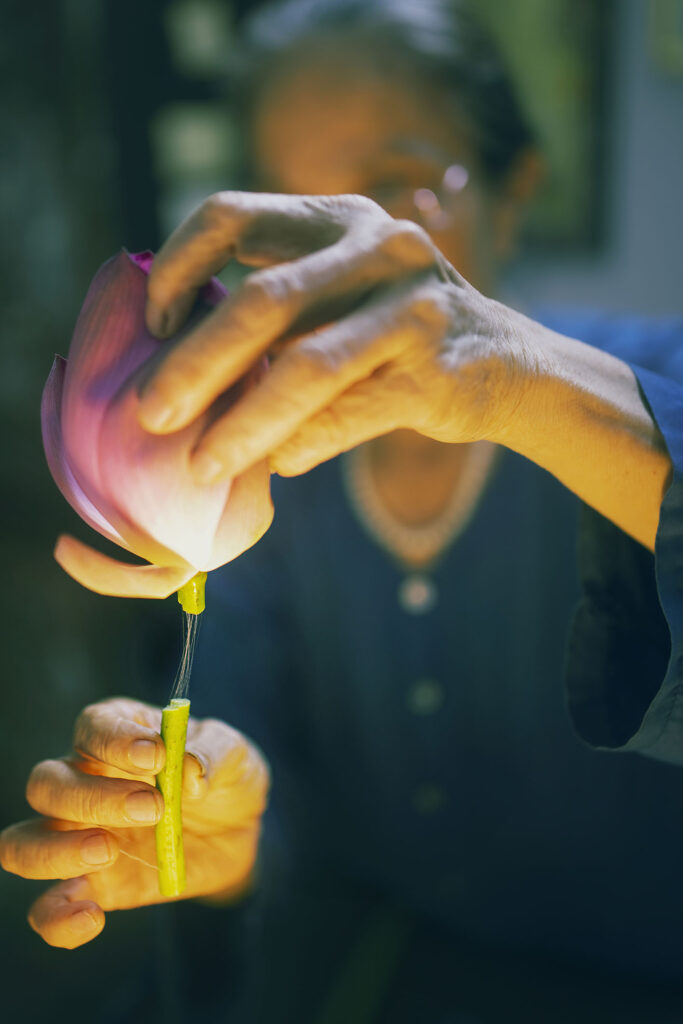 |
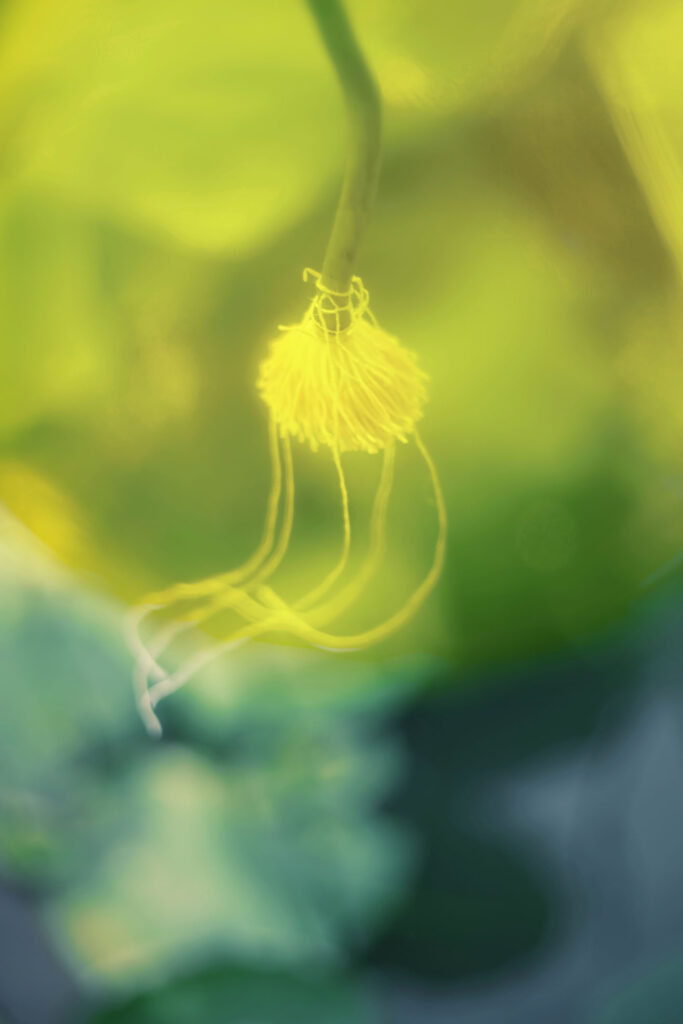 |
Artisan Phan Thi Thuan asked me a question while she told me about the extraordinary nature of lotus threads: “How can a lotus stem as thick as a knuckle support such a large lotus flower?” It is a special structure, from the tiny holes in the lotus stem, the lotus silk threads are firmly connected to each other to support the weight of the lotus flower.
From exploring the process of making handmade lotus silk in a sustainable way, the artisan has created extremely elaborate lotus silk. Lotus silk is not only materially valuable but also reflects the culture and spiritual life of Vietnamese people. Expand the topic from lotus silk to other parts of the lotus to clearly understand the origin and how lotus silk impacts and directs people to truth, goodness, and beauty. Through the story and song of the artisan, she passed on to the next generation not only a precious silk thread but above all a love and connection to nature, especially a reminder of Vietnamese roots. source. Lotus silk is like a symbol carrying the quintessential energy of heaven and earth to connect the spirit of Vietnamese people all over the world and is a national gift to express the desire for hope – peace – and love with international friends.
Vietnamese people have a saying: “What’s more beautiful in the lagoon than the lotus – Near the mud but doesn’t smell of mud.” A metaphor for the inner beauty and morality of workers no matter what harsh environment they work in. Image of the process of washing lotus stems in a water tank after picking them from lotus ponds. After being harvested, the lotus stem must be washed clean of mud and thorns. The cleaner the stem, the whiter and more beautiful the silk
In particular, all lotus stems must be processed within 24 hours otherwise the stems will dry out, the silk will shrink and the fiber will be completely damaged. Lotus is not available in every season and getting lotus silk is a difficult process, requiring meticulous techniques, ingenuity, and a lot of effort.
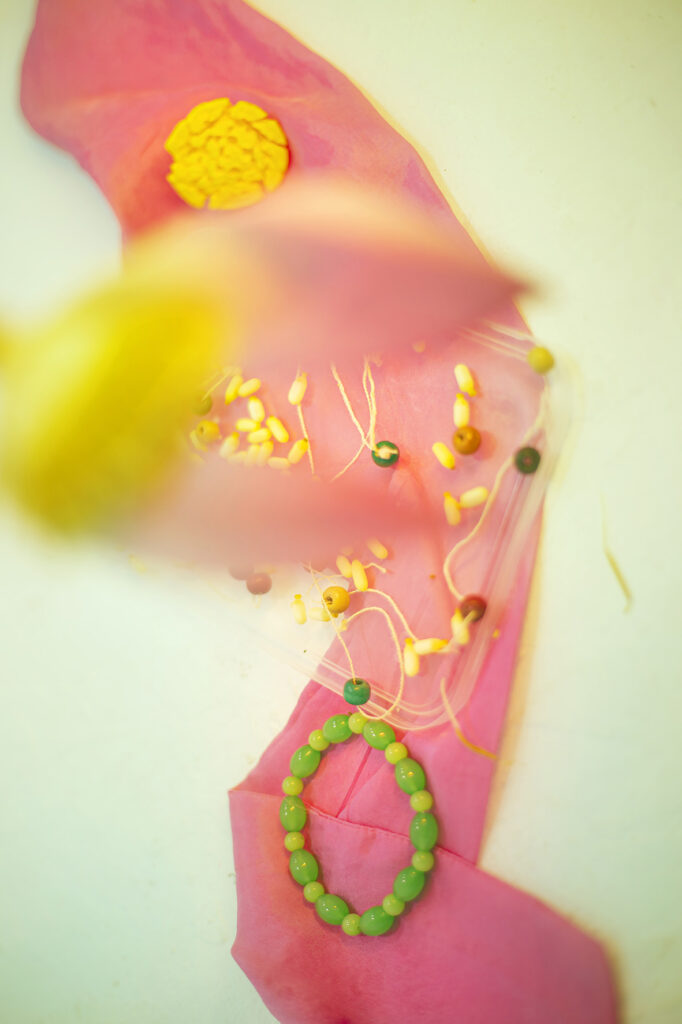 |
 |
Artisan Phan Thi Thuan is one of 9 outstanding citizens of the Capital in 2021. With great contributions to the traditional silk weaving profession, the artist has been honored with the title of “Elite Artisan” by Awarded by the President; Award for 100 Vietnamese women who confidently move forward.
She excitedly read a poem praising the lotus and shared about the lotus: “I often sing and read poems about the lotus. It creates inspiration for me to create with lotus silk. Besides, the lotus is a symbol of purity and kindness in Buddhist philosophy.”
Artist Phan Thi Thuan teaches lotus silk making techniques to the younger generation, including children. Young people today, with the development of modern society, are gradually finding it difficult to find a connection with nature, lacking the skills to observe, explore and create with nature. Therefore, the experiences of previous generations are a valuable intangible resource for future generations to learn and pass on.
“Once while picking lotus, when I accidentally cut the flower stem and saw long white silk threads clinging to the stem, I came up with the idea of weaving these silk threads into silk,” Ms. Thuan recounted.
Every summer, children will come here with their parents so that different generations can experience and understand more about lotus silk making techniques. From there, lotus silk was brought into every family in the new era.
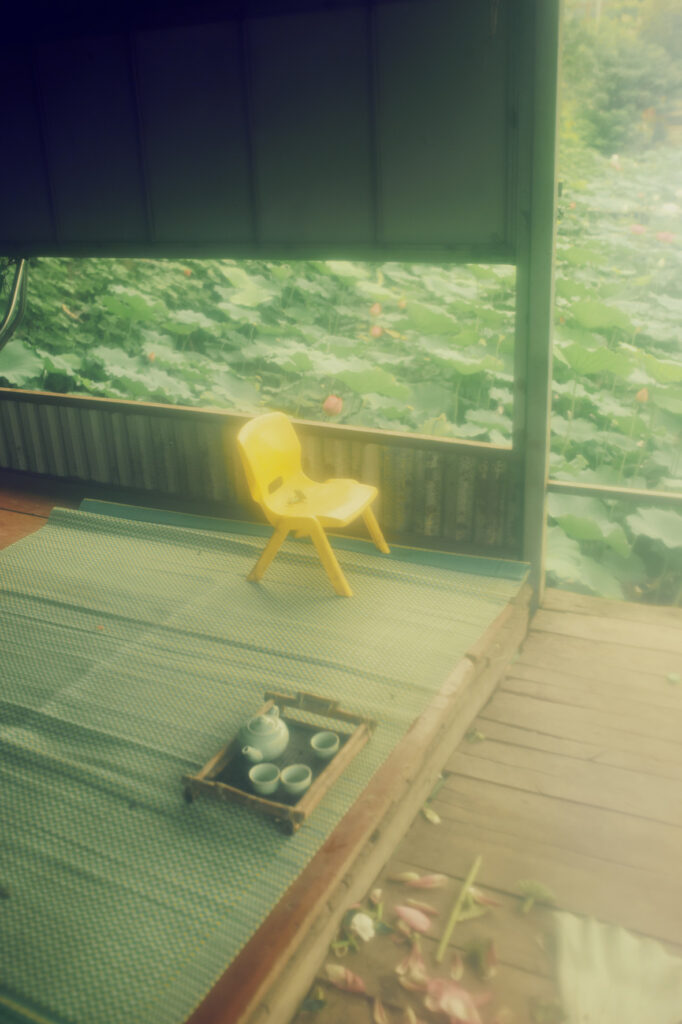 |
 |
Ho Kieu Anh, a PhD student – Landscape architect inspired and hand-painted annotations explaining the structure of the Lotus by artisan Phan Thi Thuan. The fact that this artisan relied on the strong and durable structure of the lotus parts to create lotus silk inspired the young female architect about the ability to apply nature in the creative fields of landscape architecture.
Lotuses are present everywhere in Vietnam, from people’s houses to state agencies, temples, nature landscapes, etc. Every year, May-June is the most beautiful lotus blooming season of the year. Everyone rushes to the lotus ponds to take commemorative photos. It can be said that the lotus has become an important part of the collective memory of Vietnamese people. Every time the lotus blooming season comes, the human soul becomes gentle, soft, and poetic
like an ivory white lotus thread embroidered with highlights on a pink silk fabric woven by silkworms.
The manual process of spinning lotus threads was done by a high school girl (during summer break from school, it is also a form of relieving the pressure of thinking after school hours). Separate from mechanical technology, this process is completely manual and requires the practice of mental concentration for many hours to admire one’s achievements. After being picked, the lotus leaf stem is cut into short pieces, and then the silk threads are pulled, rubbed through a board soaked in water, stretched, and braided together.
The process of creating lotus silk is very difficult. You have to carefully and gently pull the silk thread from the lotus stem so that the silk does not break. Use your hands to roll many lotus silk threads on a wet table until the thread is thick enough. Every step from choosing lotus stems, and drawing fibers to weaving lotus silk into silk sheets must be very meticulous, laborious, and patient.
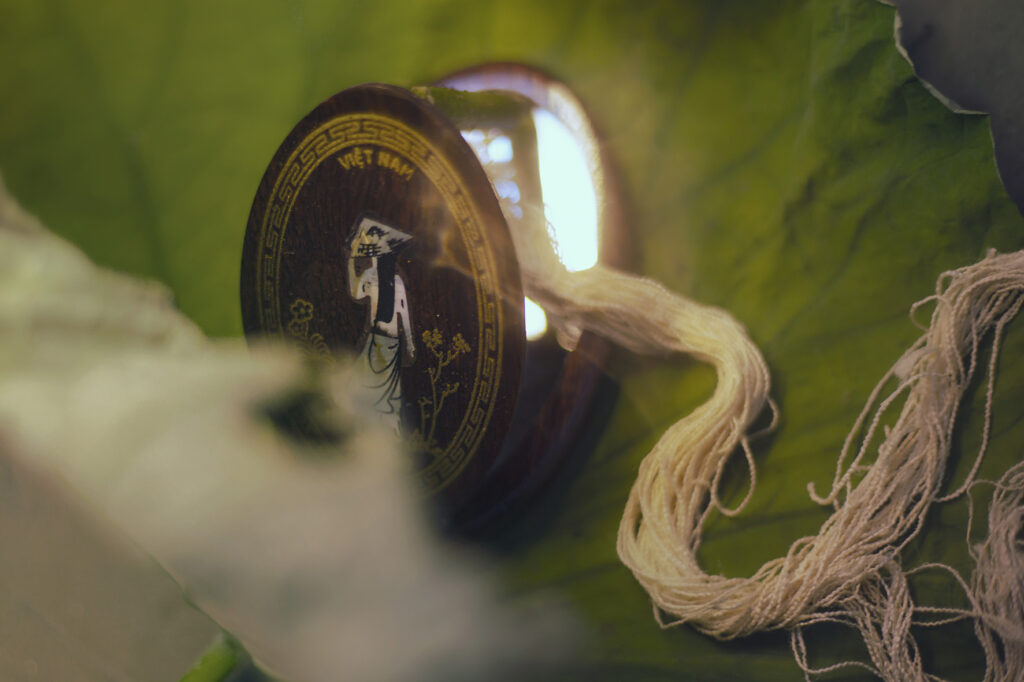 |
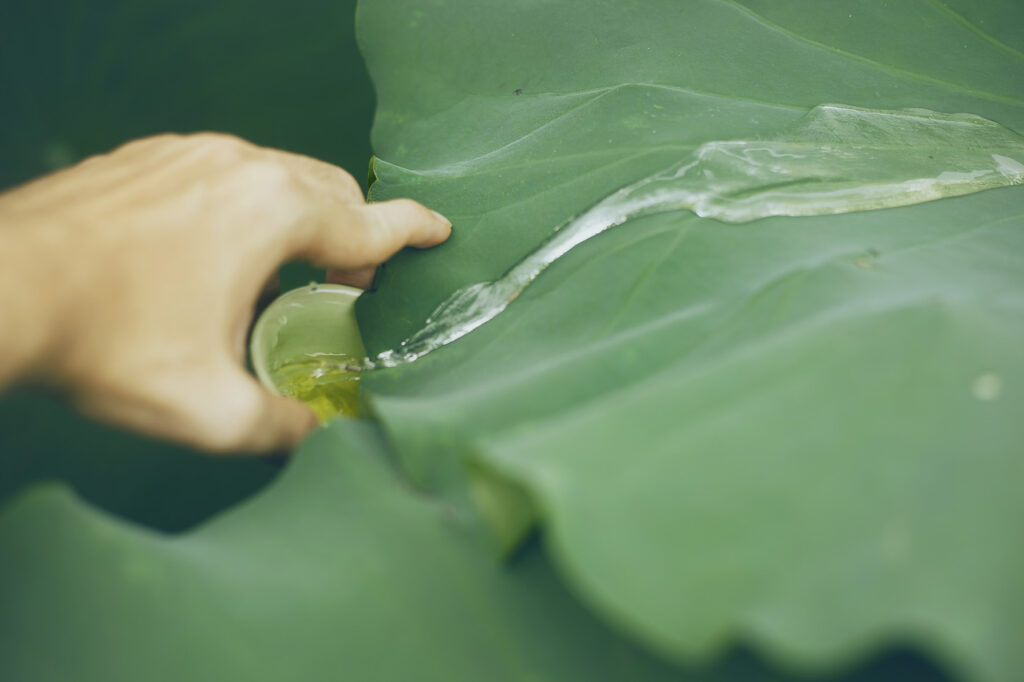 |
 |
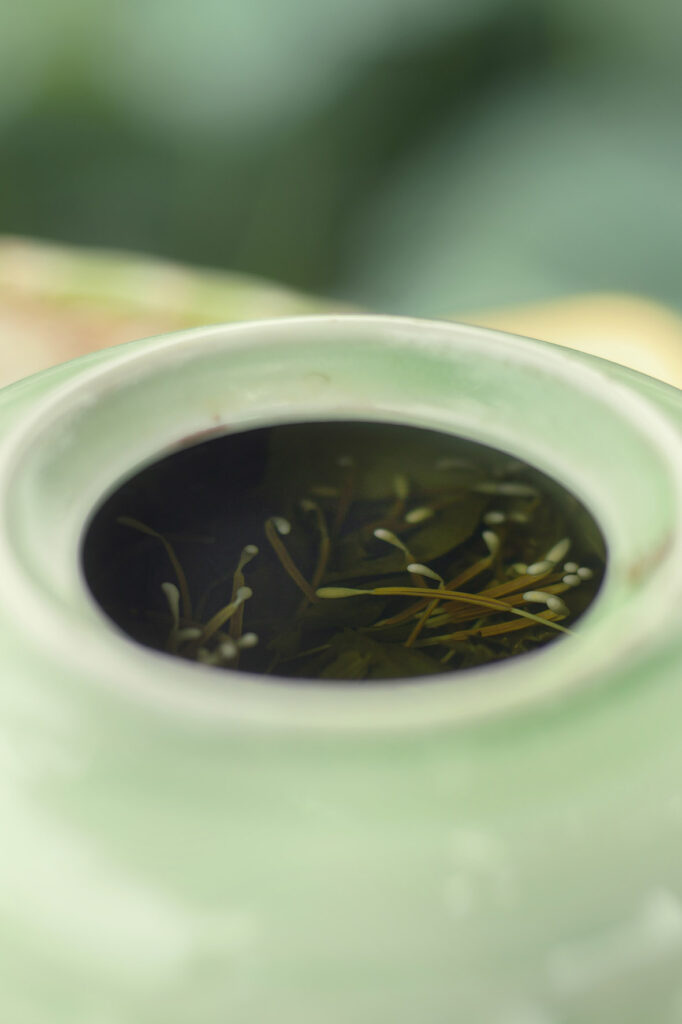 |
